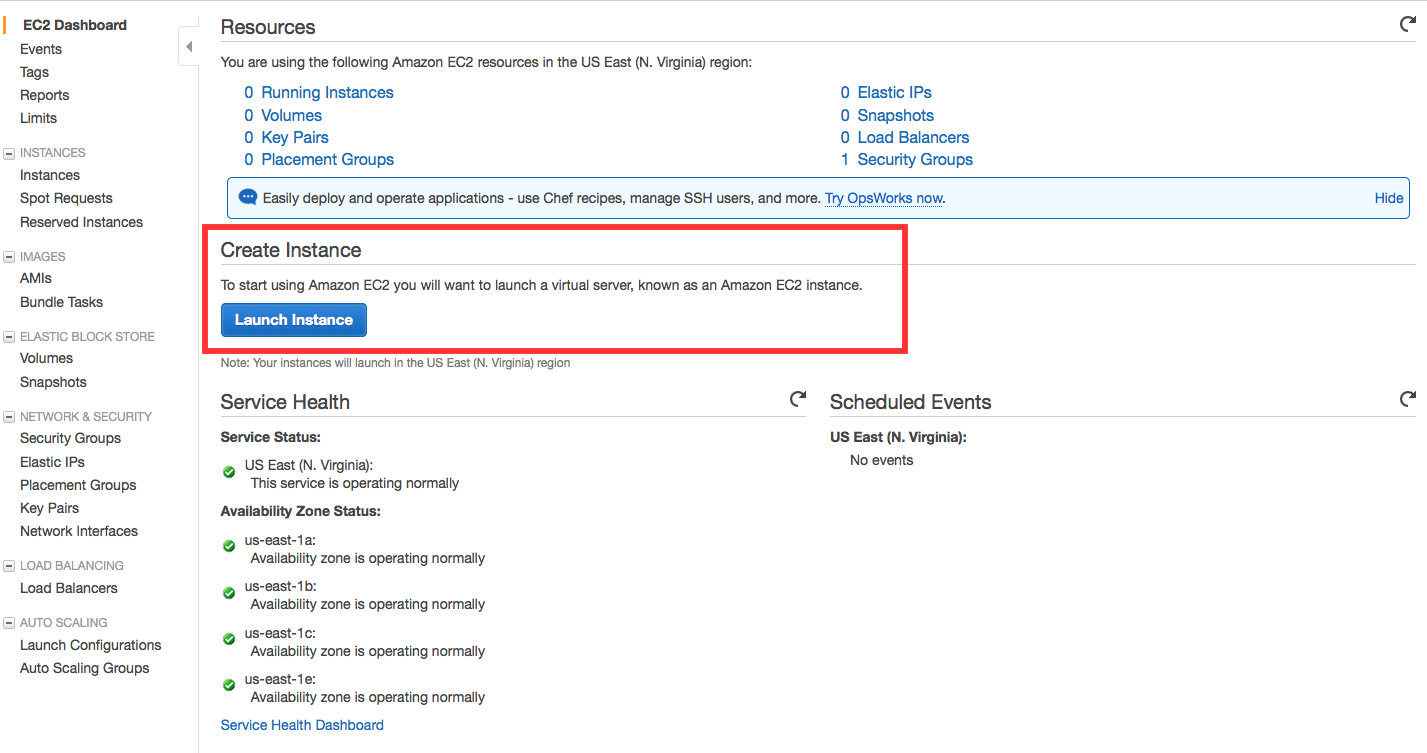

(You get this back when the VM is not in use.) You will need to allocate a significant chunk of your RAM memory to the VM when it is running.You will need to set aside multiple Gigabytes of disk storage to serve as the simulated hard drive of the VM.It used to be that VMs ran a lot slower than the real thing, but the simulator technology has progressed quite a lot.Ī VM sucks up significant resources on your PC. The VM will run somewhat slower than the real thing. You can also take “snapshots” of the VM before doing anything risky and later roll the VM to a former snapshot. VMs can be paused and shut down when you feel like it, then restarted later as if they had never been paused.Lets you install other operating systems and software that runs on thise operating systems with no permanent change to your PC.Lets you try out new packages with minimal risk to your real PC.Or, you could install it in a virtual machine, use it within that simulation, and later simply delete the entire virtual machine if you no longer need that software.

But uninstalls are often not “clean” – some will leave debris behind and occasionally that can affect the later operation of your PC. You could, of course, simply install it directly on your PC and later uninstall it when you were done or if you decided you didn’t want it. Suppose that you are thinking about installing a large software package that you might not want to use only for a limited time or that you worry might prove to be incompatible with other software already on your PC. But now there are free packages to set up and run virtual machines that make it fairly easy. For vertical of $m_2$, $T-m_2 g=0$.A virtual machine (VM) is a simulation of a complete computer, including display & networking hardware, operating system, & applications. To remain stationary, acceleration of $m_1$ should be equal to that of $M$, and let it $a$.Īpplying Newton's second law to the horizontal motion of $m_1$ yields $T=m_1 a$, where $T$ is tension of the string. What horizontal force must be applied to a large block of mass $M$ shown in the figure so that the blocks of mass $m_1$ and $m_2$ remain stationary relative to the large block? Assume all surfaces, string and pulley are inextensible(nonstretchable), massless and frictionless. Here's a common Newtonian mechanics problem.

Ylem Asks: Newton's second law: system with three blocks and a pulley


 0 kommentar(er)
0 kommentar(er)
